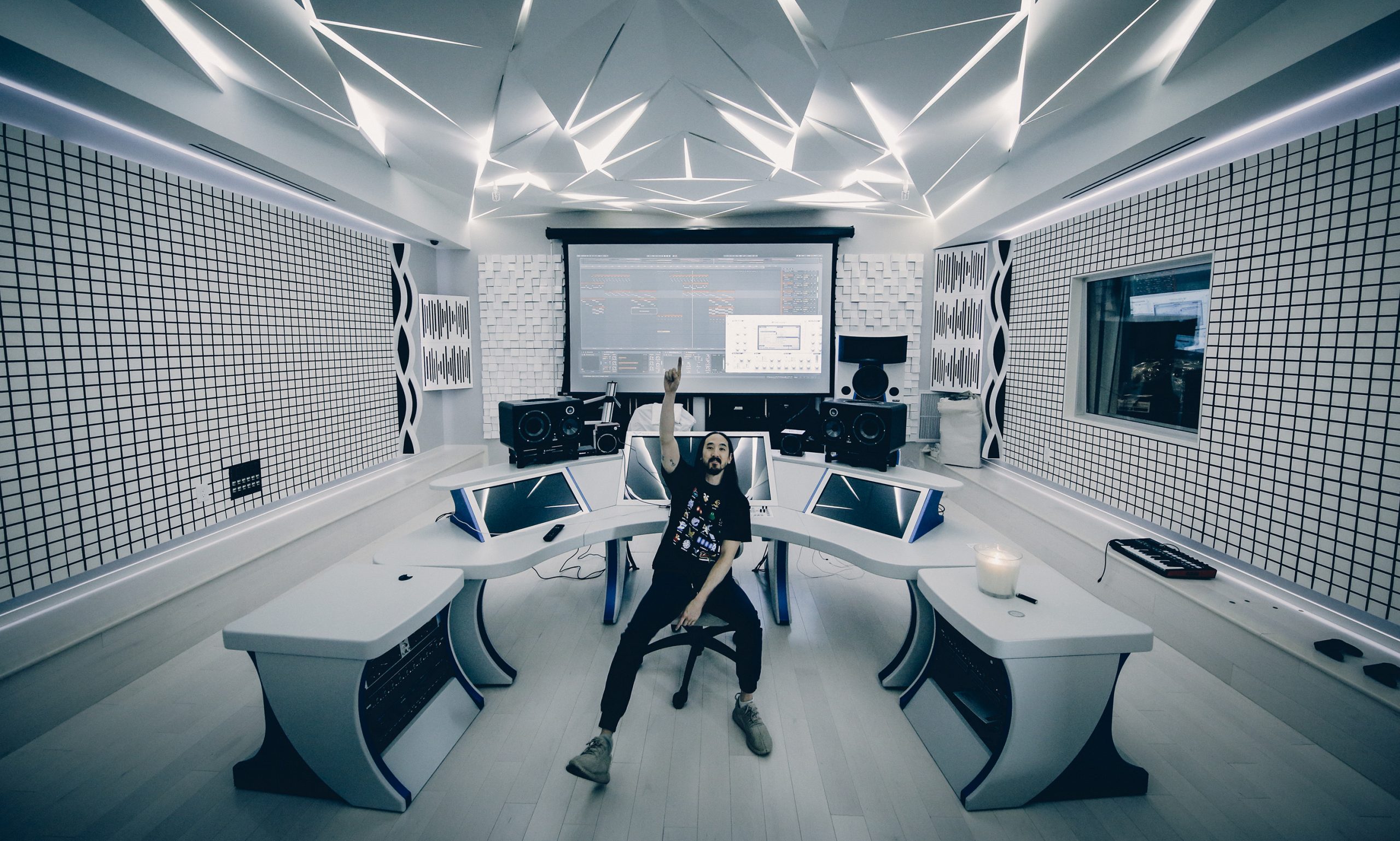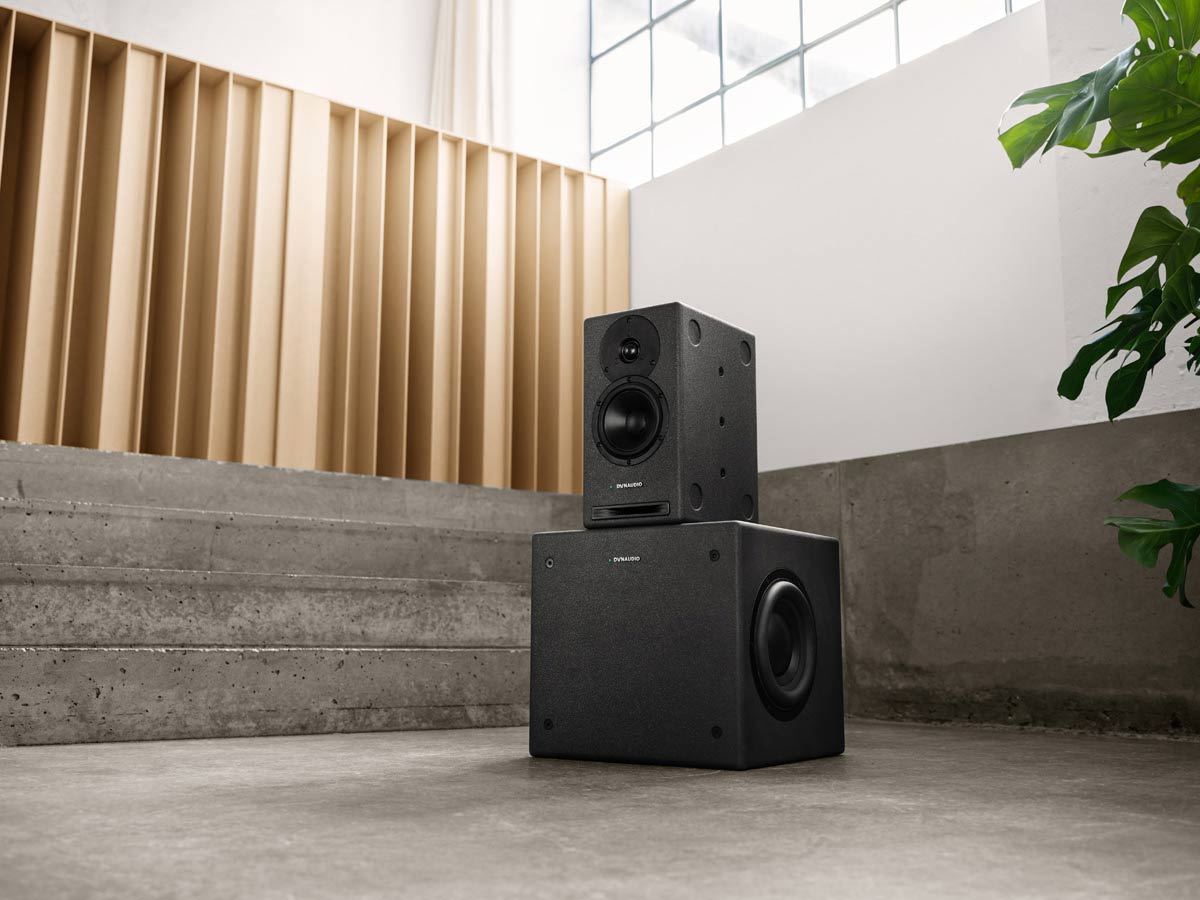Exclusive: Max Richter interview – inspiration, AI, cinema and subsonics
The award-winning neo classical composer was inspired by Disney’s Fantasia and is a fan of The Clash, but says the jury’s still out when it comes to AI. Steve May reports
“I’m the sort of person, who when they first look at a property, is thinking ‘where do the speakers go?’ That’s literally the first thing I’m thinking about.”
Max Richter is speaking with us in New York. The composer is talking about his influences and inspirations, the way he likes to listen to music.
Richter’s compositions have been heard in films as diverse as Ad Astra and Mary Queen of Scots. He composed the soundtrack for the HBO series The Leftovers, while ‘On the Nature of Daylight,’ from his second album The Blue Notebooks, featured prominently in the hit Sci-Fi film Arrival.
In addition to his work for stage and screen, he has recorded eight solo albums. His reinterpretation of Vivaldi’s The Four Seasons (Recomposed by Max Richter: Vivaldi, The Four Seasons) is a contemporary twist on the popular classic.
It’s a diverse catalogue.
“I’m wide open to all types of music – utility music, dance music,” he says, as long as he can listen on really big stereo speakers.
“For me it’s really important to be able to experience the full dimensionality of music. I also listen in the car, but it’s not the same. I do listen on headphones, but I feel that there’s an element of being disembodied with headphones. When you’re mixing or mastering, headphones can be really useful, because of their incredible forensic detail – but basically I’m always trying to listen to speakers.”
Richter’s album work is eclectic and challenging. His eight-and-a-half hour concept album, Sleep, is based around the neuroscience of snoozing.
Richter says Sleep is as much an artwork as a musical composition.
“It’s intended to be slept through,” he says. “It’s using all sorts of things from neuroscience inside a composition. It’s about fostering slow wave sleep; it’s a pause, for getting back to fundamentals and origins. The piece is modelled on the sonic spectrum that the unborn child hears inside the mother. There’s no high frequencies, but a lot of sub-sonics, low frequency pieces at 2 – 30Hz. You need enormous loudspeakers to hear it properly. They work on you by a process called rhythmic entrainment; you get your brain waves in tune with the pulses of music. At 40 BPM, the piece is really slow. Dance music is 150 BPM.”

When it comes to influences, he cites Kraftwerk’s Autobahn, Bach’s Double Violin Concerto, and The Clash’s London Calling.
“For me, punk came along at just the right moment. I really appreciated the experimentalism of punk, the idea that music could act as a social critique, that it could be a way to comment on the world. I was in my early teens, living in the UK. It was a call to arms, a scratchy, inspirational, lo-fi resistance movement and for me it made sense to get behind that.”
Richter is agnostic when it comes to playback technologies. When asked what can be done to stop kids using TikTok as their musical source, the composer merely shrugs, and says he’s fine with all types of music discovery.
He certainly approves of vinyl. “It’s important to make time, to give music your attention. You discover more in it. The ritual of listening (to records) puts you in that receptive state.”
“We had a record player when I was a kid, but it was one of those suitcase players with a speaker on the front. That was what I thought recorded music sounded like. Then this enormous box arrived, with cables and flashing lights, which I just found l exciting. My chosen career path at that time was astronaut! But when I kind of started to hear music coming out of this thing, it was utterly transformative.”
He says the creative floodgates opened after seeing Disney’s Fantasia in the cinema for the first time. “Just hearing The Rites of Spring blew my mind.” As soon as young Max left the theatre, he demanded that he be taken straight back for the next showing.
“My family were not musicians. They were playing The Beatles, Beach Boys, that kind of thing. The greatest hits of Beethoven. Fairly mainstream.”
Bach was another early inspiration. “Hearing Bach’s Double Violin Concerto on that little record player was an incredible, multidimensional experience. I had an intuition that there was a grammar governing the music, and I wanted to discover what that was. The music is so incredibly well constructed. That’s what gives it power.”
The composer says hearing electronic music for the first time was a light bulb moment.
“I first heard Kraftwerk in my early teens. I heard this sound coming from the radio but I didn’t know what instrument was making the sound. So I wrote a letter to the BBC and asked what it was.”
Six weeks later he received a reply and promptly bought the vinyl. “It was like being struck by lightning,” he recalls.
We ask Richter about his approach to cinema, and what persuades him to take on a project.
“I do projects that I just kind of fall in love with really,” he says. “The creative process is collaborative. Discovering the material and discovering the language, the music, that feels like it’s inherent in the world of the film in some way, so that it feels like it’s part of that universe, and then trying to find ways that the music can bring qualities that the other elements are not doing. Say you need to change your point of view, to move from inside one person to inside another. That’s the kind of thing that music can do in a way which the audience won’t even know is happening. That puzzle-solving aspect of working in cinema is fun.”
On the contentious subject of artificial intelligence, he says the jury’s still out.
“I don’t have a single position on that. I think it depends on how it is used. I’m interested in applications of AI which do not simulate what humans do.” If you’re simulating what humans do, then that’s misunderstanding the creative process, he reasons.
“For me creativity is about encountering how another mind experiences being alive. When a composer writes a piece of music, or a singer is singing, they are telling you how it is to be them, as a person. AI can simulate that, but it is not a person. So for me, that’s not interesting. However there are all kinds of computer systems that can generate material in a way that a person could not do, and that might be interesting…
“Ultimately, all of us working within classical music are looking for ways to dissolve boundaries. If you put a bunch of kids in a room with an orchestra it blows their minds. It’s an incredible thing. A human, physical thing.”
Interview: Bernard Butler on Recording at Abbey Road in the new look Studio 3
MPG Producer of the year Marta Salogni on Tape, Black Midi’s Hellfire, and Choice Plugins






















